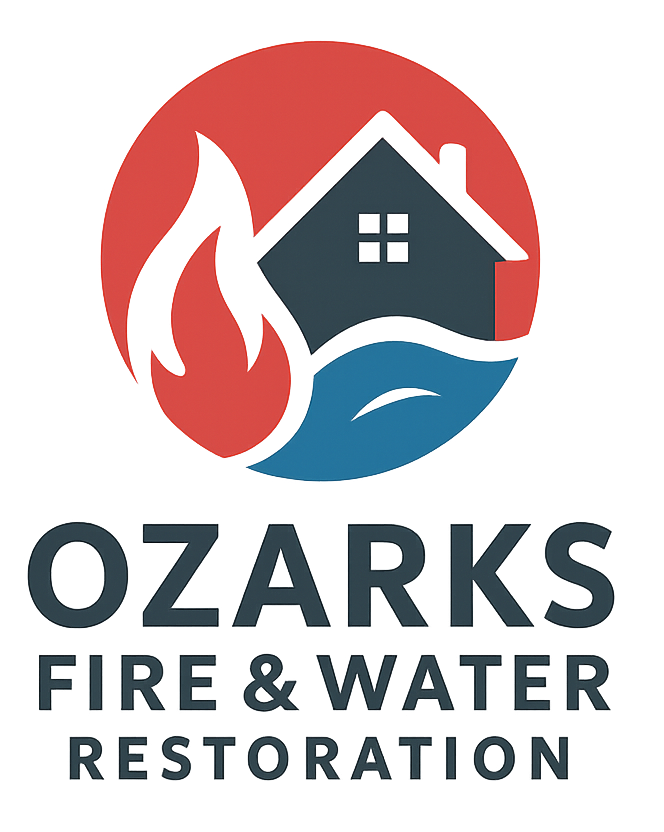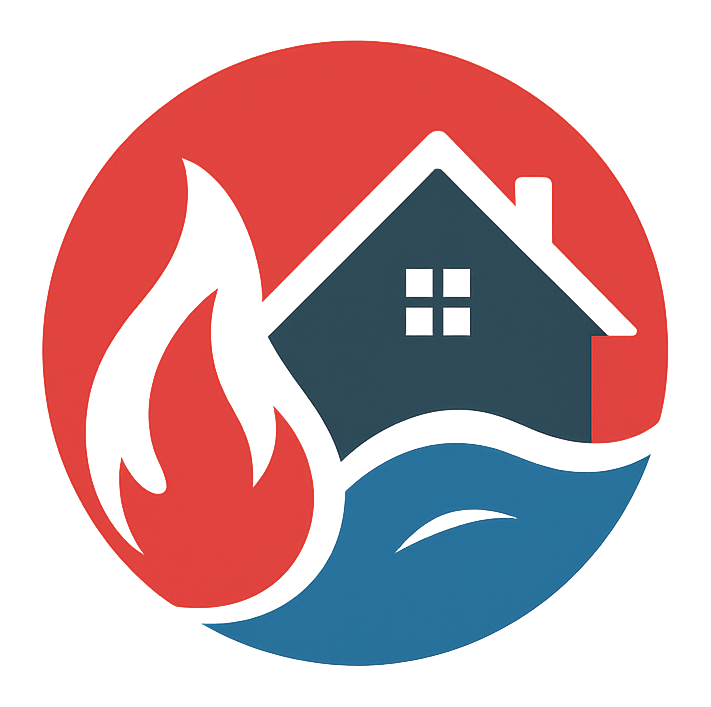Property Damage Restoration Frequently Asked Questions
Q: What should I do immediately after fire or water damage occurs?
A: After fire or water damage, contact us right away — we can guide you through the entire process, including working with your insurance company. Whether you call your insurer first or reach out to us directly, we’re here to help every step of the way.
Q: Do you work with my insurance company?
A: Absolutely! We work directly with your insurance company and understand how to navigate policies to help ensure the restoration work is covered. Our goal is to make the process as smooth and stress-free for you as possible.
Q: Are you certified to perform restoration work?
A: Yes, our technicians are IICRC certified — the industry standard for restoration and cleaning professionals. This means they’ve been trained and tested to perform restoration work to the highest standards of quality and safety.
Q: How long does the restoration process take?
A: The restoration timeline depends on the extent of the damage. Minor water damage typically takes 1–3 days to dry, followed by up to a week for repairs. Larger losses will naturally require more time for both drying and restoration
Q: Can you restore both homes and businesses?
A: Yes, we restore both residential and commercial properties. Since the building materials are often similar, our professional crews are fully equipped and trained to handle both types of structures efficiently.
Q: What types of water damage do you handle?
A: We handle all types of water damage — from pipe breaks and toilet overflows to flooding caused by creeks or rivers overflowing their banks. Our crews are professionally trained and equipped to manage any water damage situation, no matter the source.
Q: Is mold a concern after water damage?
A: Yes, mold is a serious concern after water damage. That’s why it’s important to act quickly — mold can begin to grow within 24 to 48 hours. Fortunately, most mold growth starts on surfaces and can be effectively removed if addressed early by trained professionals.



